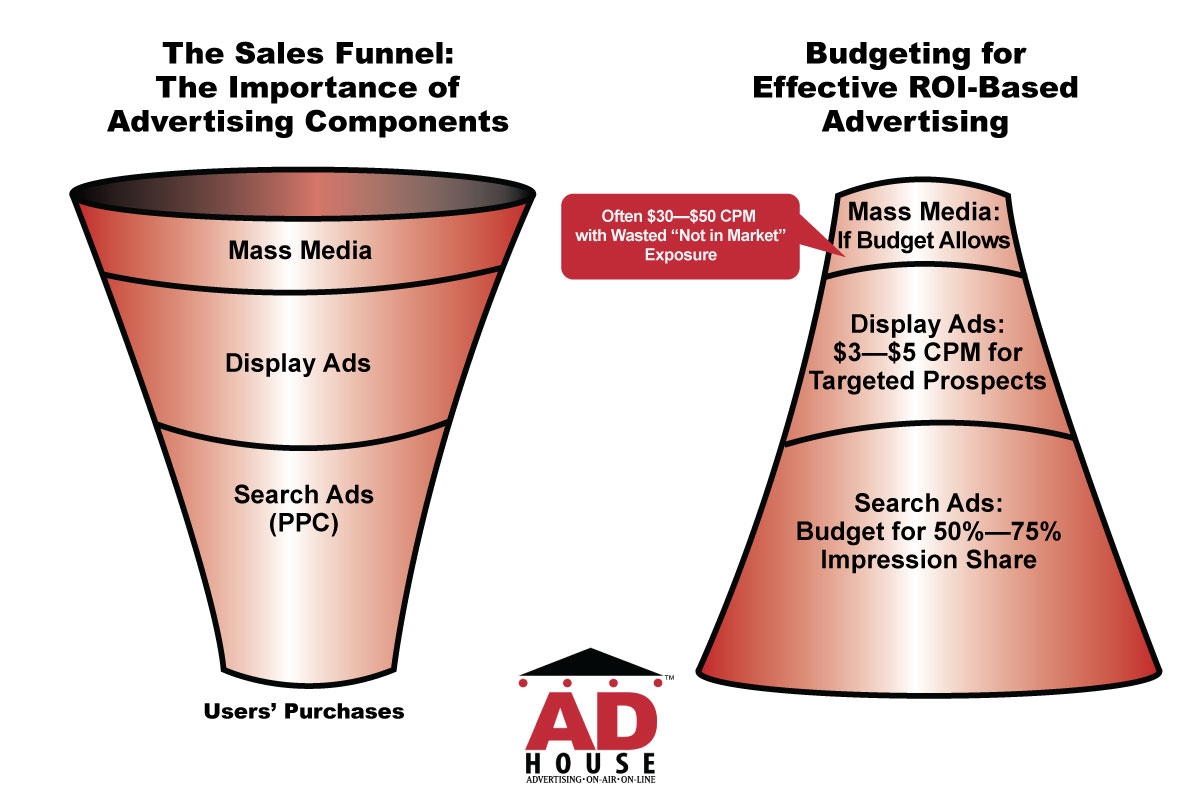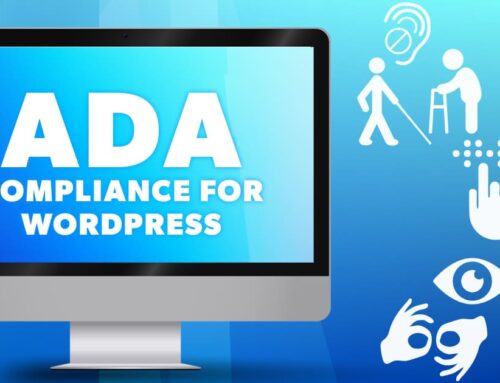Building an Annual Marketing Plan: Recommendations for Small Businesses

As the end of a year approaches, it’s an ideal time to make strategic decisions about what should be included in next year’s advertising, and how it should lay out over those coming months. Our monthly marketing plan guide shows how Ad House Advertising works with small and medium-sized businesses to create a tangible advertising plan that brings them additional net revenue.
First, at Ad House Advertising, we recommend that online Search ads, also known as pay-per-click (PPC) or search engine marketing (SEM), be the foundation for an annual advertising plan today. With the dominance of smartphones and internet use, the vast majority of people who are in-market for a product or service will research that purchase online. Regardless of how your website ranks organically, Search ads are the most cost-efficient way to bring buyers to your retail storefront or to your e-commerce website.
Because Search is so vital, businesses need a hefty presence. While a one-person company may find a 10% search impression share keeps their calendar full and generates a nice annual revenue, most companies should work to be in the 50-75% search impression share. And as the name implies, PPC ads have no cost until they are clicked, bringing the prospect to your website.
The second type of advertising to incorporate is online Display advertising, sometimes referred to as banner ads. These can be highly effective in reaching people who are likely customers (but not yet actively searching for a product or service). However, to be effective, they should be inserted into websites programmatically, targeting the user and not just their interest or a particular website. Our programmatic Display ads typically cost $3 to $5 CPM (cost per thousand), making a targeted ad impression cost about $0.004 cents or less than half a penny. With that, we could, for example, target a graphic display ad for a jewelry store to a 50+ male, household income of $100,000/year, with a history of fine jewelry purchases. He may not yet be searching for a piece of jewelry for his wife, but he’s a great prospect—and we can encourage him to shop for jewelry for under a penny.
A note of caution about online advertising—a number of media outlets, from phone directory companies to television stations—sell online ads; their traditional business has been so affected by everyone’s move to the internet, that they must try to maintain their revenue. The markup on the digital ad costs can be very high; if your salesperson says that premium placements for display ads cost $10-$40 CPM, they’re including an enormous markup. For the same positioning, the same targeting, our clients typically see $3 to $5 CPM! And because we are local, you’ll work with the online ad account manager in person. Those conversations often lead to “wow, here’s an opportunity” and a new campaign can be quickly added.
The third element of an annual advertising plan may include traditional mass media – broadcast or cable TV, radio, billboards, print, etc. Today, these should be seen as a supplement to online advertising, not the other way around! For example, to reach a 50+ male demo using a dominant morning TV news program, it would be a $40 to $50 CPM, about 10 times that of online ads—PLUS you would be advertising to many people living hours away who are not likely customers. A younger adult would be even more costly to reach on TV because their viewing has decreased greatly in the past decade, due to their increasing use of online programming. If you do have a strong TV commercial, for example, it may be more cost-efficient and generate trackable results to run it online to target prospective customers.
We also advocate including a contingency line in your annual ad budget. If there’s a sudden opportunity or threat—a new competitor comes to town, a seasonal event offers you exposure, or so forth—that contingency budget gives you the leeway to seize the opportunity.
The final area to include are the agency fees. We believe you should know exactly what you pay to your ad agency; that’s why we separate out fees for graphic design of ads, our monthly management to optimize online campaigns to generate more results for the dollar, video production, and the like. Often, when you buy a “package” from a media company, those costs are hidden in the monthly fee. You may be paying $2,000/month but not knowing that only $1,000 is actually going into the ad impressions. Typically, agency costs are 15% to 25% of the ad dollar. In online advertising, we show that fee separately from the ad spend (so you know exactly what really goes to advertising); in broadcast advertising, the commission of 15% comes out of the airtime rate, so you do not pay additionally to have us evaluate stations, rating points, or cost per points to maximize your airtime value.
This monthly budgeting tool gives you an idea of how we break down an annual ad plan, scaling each month to take advantage of market opportunities. It’s also important to prepare your website to take advantage of upcoming opportunities, adding content so that search engines recognize your expertise and provide a strong landing page for your online ads.
We hope these points have given you some ideas for improving your company’s advertising. If we can be of help, please give us a call. We’re a great fit for many companies’ marketing efforts, and as our clients can attest, the small additional fees paid for our expertise in online and traditional advertising more than deliver in their companies’ results and revenue.



